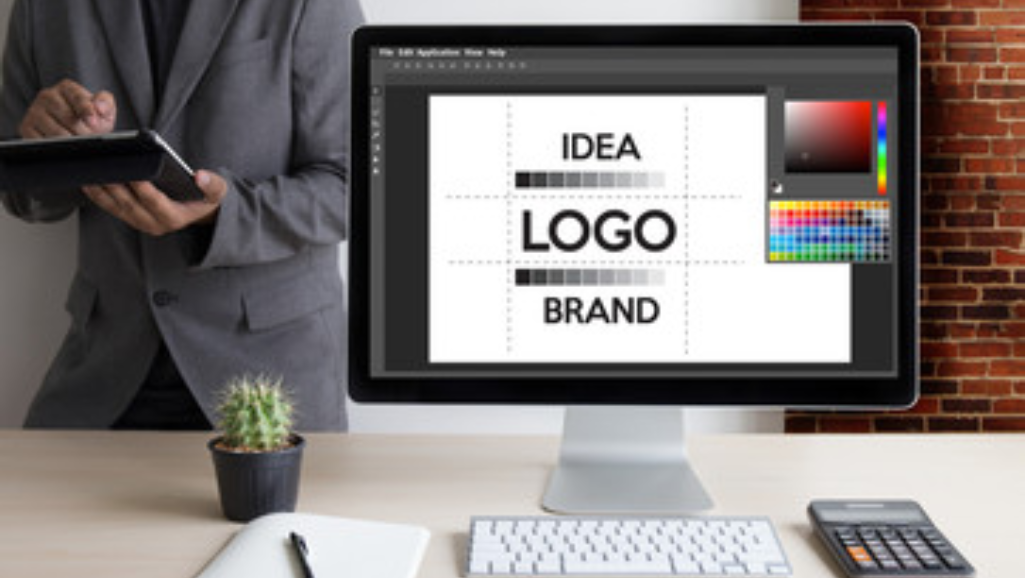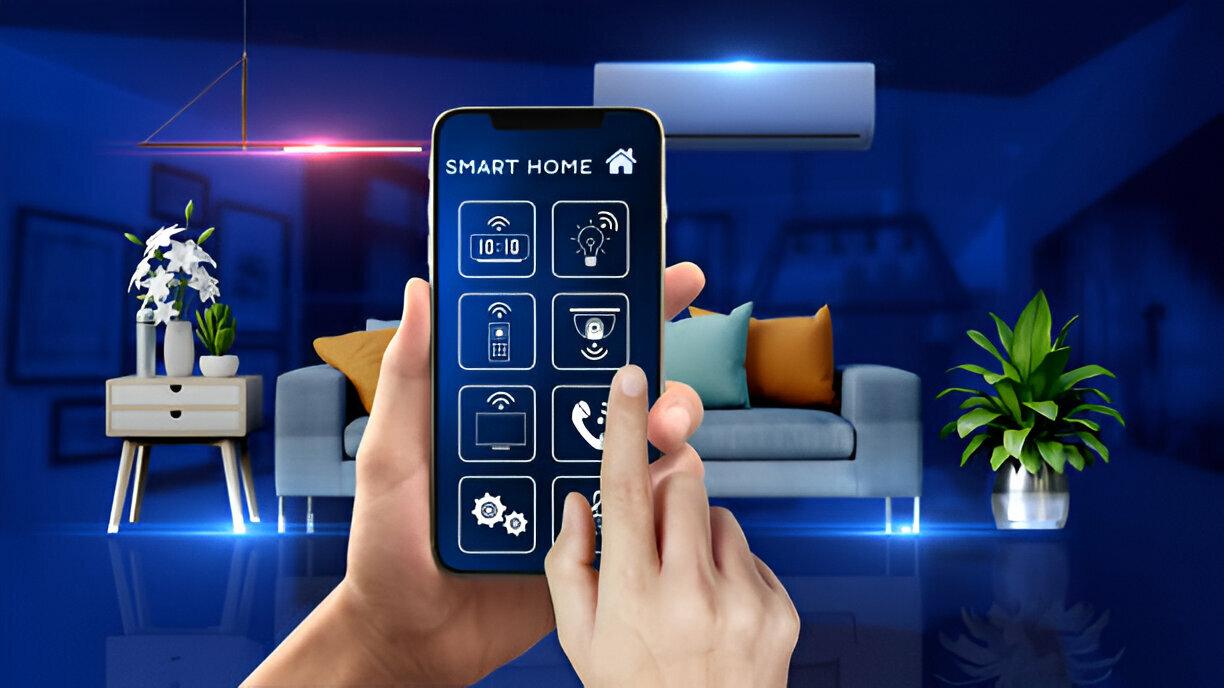Are you looking to enhance your business communication? Graphics can play a crucial role in effectively conveying your messages. In this article, we’ll explore why graphics are important for effective business communication. Visuals save time by conveying messages faster and capture attention more effectively. They ensure clear and unified messages, simplify complex data, and break down language barriers. By understanding the importance of graphics, you can differentiate your brand, attract customers, and inspire action. Let’s dive into the world of graphics and unlock their potential for your business communication.
Visuals Save Time
Using visuals saves you valuable time in business communication. Visual impact is a powerful tool that captures attention and conveys messages more efficiently than text alone. When you incorporate visuals, cognitive processing becomes faster, allowing recipients to understand and retain information more effectively. Instead of spending time reading lengthy paragraphs, your audience can quickly grasp the main points through visual representations. This not only saves time but also increases message efficiency.
Visuals have the ability to capture attention in an instant, making them essential for grabbing the viewer’s focus amidst the constant noise of business communication. With just a glance, a well-designed image can convey a concept, evoke emotions, and leave a lasting impression. By incorporating visuals, you can ensure that your message is communicated clearly and concisely, minimizing the risk of misinterpretation.
In addition, using visuals simplifies the communication of complex data. Rather than relying on written explanations that can be confusing and time-consuming, visuals provide a clearer and more understandable representation of information. This facilitates quicker decision-making and enables your audience to grasp complex concepts with ease.
Ensure Clear and Unified Messages
To ensure clear and unified messages in your business communication, it is important to incorporate graphics effectively. Visual communication techniques have a significant impact on effective message delivery and understanding. Here are three ways graphics can help achieve clear and unified messages:
- Visual Storytelling: Graphics have the power to tell a story and evoke emotions. By using visuals to complement your message, you can engage your audience and make your communication more memorable. Visual storytelling helps create a unified visual language that resonates with your audience and reinforces your message.
- Unified Visual Language: Consistency in visual elements such as colors, fonts, and imagery helps create a unified visual language. By using consistent graphics across your communication materials, you can reinforce your brand identity and ensure a cohesive message. A unified visual language also aids in recognition and helps build trust with your audience.
- Impact of Visuals on Understanding: Incorporating visuals in your business communication can enhance understanding and retention of information. Studies have shown that people remember visual content better than text alone. By using graphics to simplify complex data or concepts, you can make your message more accessible and easily digestible for your audience.
Better Retention of Information
Incorporating graphics in your business communication ensures better retention of information. The cognitive impact of visuals is powerful, as they leverage the visual learning advantages of the human brain. When information is presented in a visual format, it is more likely to be remembered and recalled accurately. Visual aids, such as charts, graphs, and infographics, simplify complex data, making it easier to understand and remember. Compared to text-based information, which is primarily stored in short-term memory, images have the ability to stay in long-term memory for a longer duration. Research shows that including visuals with text can increase retention to as much as 50%. By utilizing graphics in your business communication, you optimize the chances of your audience retaining and recalling the key messages you want to convey. So, whether it’s a presentation, a report, or a marketing campaign, make sure to leverage the power of visuals for improved memory retention and effective communication.
Simplify Complex Data
Make complex data easier to understand and remember by simplifying it with the use of graphics. Data visualization is a powerful tool that can transform complex information into visual storytelling. Here’s why graphics are essential for simplifying complex data:
- Simplifying information: Graphics, such as infographics and charts, condense complex data into simple and visually appealing formats. They break down intricate concepts into digestible visual elements, making it easier for your audience to grasp and retain information.
- Communicating complexity: Graphics allow you to communicate complex ideas in a concise and accessible way. By visually representing data, you can convey intricate relationships, trends, and patterns that may be difficult to explain through text alone.
- Enhancing understanding: Visual storytelling through graphics engages both the logical and visual parts of the brain, leading to better comprehension and retention. By combining images, colors, and text, you create a comprehensive visual narrative that captures your audience’s attention and facilitates quicker decision-making.
Break Down Language Barriers
When using graphics in business communication, you can effectively break down language barriers. Bridging cultures and overcoming language barriers become easier when you incorporate visual language into your communication strategy. Visuals provide a universal language that is understood by people from different backgrounds and languages. They enable effective interpretation and facilitate global communication.
To emphasize the importance of visuals in breaking down language barriers, consider the following table:
| Benefits of Visual Language |
|---|
| Bridging cultures |
| Effective interpretation |
| Global communication |
By incorporating visuals into your business communication, you ensure that your message is understood regardless of language proficiency. Visuals enable you to convey complex ideas and information in a simplified manner, making it easier for your audience to understand. They also capture attention more effectively than text, ensuring that your message is noticed in a cluttered digital landscape.
Definition and Importance of Graphic Communication
To understand the significance of graphic communication in business, it is important to define and recognize its importance in conveying messages effectively. Graphic communication refers to the use of visual and textual elements to convey messages. It plays a crucial role in various aspects of business, from branding and identity to enhancing user experience. Here are the key points to understand the definition and impact of graphic communication:
- Role of visuals in communication: Visuals are powerful tools that save time and capture attention more effectively than text. They ensure clear and unified messages, minimizing the risk of misinterpretation.
- Visuals in branding and identity: Graphics help consumers identify and associate with brand objectives. Logos and graphics showcase corporate culture and build consumer trust, contributing to brand recognition and identity.
- Enhancing user experience through graphics: Large blocks of text can be off-putting and difficult to navigate. Graphics make content visually appealing, easier to interpret, and improve the user journey. They present information in a logical and ordered manner, enhancing the overall user experience.
- Support of graphic design in communication activities: Graphic design is an essential tool for effective communication. In-house graphic design teams can support communication activities, enhancing the visual appeal of releases, posts, and advertorials.
Getting Started With Graphic Communication
To begin your journey with graphic communication, it is important to understand the key steps and considerations involved in effectively utilizing visuals for business communication. The graphic design process is an essential part of creating impactful visuals. Start by finalizing your content, including your positioning statement, tone of voice, and brand values. This will provide a clear direction for your design. If you lack graphic design and communication skills, seek advice from professionals who can help you create visually appealing and impactful graphics. Gathering feedback from your target audience is crucial to ensure that your graphic communications are attractive and resonate with your intended audience. Consider using A/B testing to assess the effectiveness of proposed changes. Give yourself enough time for research, collaboration with designers, and review and rework processes. Stay updated on graphic design trends and incorporate effective communication techniques and graphic design principles into your visual content. Utilize graphic communication tools to enhance your designs and make them more visually appealing. By following these steps and considering these factors, you can effectively get started with graphic communication for your business.
Integration of Graphic Communication in Marketing Strategy
Incorporate graphic communication as a key component of your marketing strategy to effectively engage your target audience and differentiate your business from competitors. Here’s why it’s crucial:
- Website design: Utilize graphics to enhance the visual appeal and user experience of your website. Graphics can make your content more visually appealing, easier to interpret, and improve the overall user journey.
- Social media marketing: Graphics play a vital role in catching the attention of your audience in the constant noise of social media. They help your brand stand out and convey messages quickly and effectively. Visual storytelling through graphics can evoke emotions and inspire people to take action.
- Branding strategy: Graphics are essential for creating brand recognition and identity. Logos and visual representations help consumers identify and associate with your brand objectives. Well-designed graphics showcase your corporate culture, build consumer trust, and offer an opportunity for further connection with your audience.
Benefits of Graphic Communication
Graphic communication offers numerous advantages for your business. The power of visuals in business communication cannot be overstated. By leveraging graphic communication, you can enhance the effectiveness of your communication strategies and achieve business success.
One of the key benefits of graphic communication is its impact on businesses. Visuals save time by conveying messages faster than words. They capture attention more effectively and reduce the time needed to read and process a message. Visuals also ensure clear and unified messages, minimizing the risk of misinterpretation.
Furthermore, graphic communication results in better retention of information. Images stay in long-term memory, while words are quickly forgotten. Including visuals with text increases retention and enhances message memorability.
Another advantage of graphic communication is its ability to simplify complex data. Visuals help in explaining complex ideas or information and facilitate quicker decision-making. By using visuals, you can make complex data more understandable and accessible to your audience.
Lastly, graphics break down language barriers. In the global business landscape, effective communication with a broader audience is crucial. Visual communication bridges the gap between languages and ensures effective communication regardless of language proficiency.
Tips for Successful Graphic Communication
When implementing graphic communication strategies, it is important to consider these tips for successful execution:
- Gathering feedback: Don’t be afraid to seek input from your target audience. Their opinions can help you gauge the attractiveness and effectiveness of your graphics. Incorporate their suggestions to improve your visual communication.
- A/B testing: Experiment with different versions of your graphics to assess their impact. Test variations in design elements, such as color, layout, or typography, to determine which ones resonate best with your audience. Use the feedback from A/B tests to refine and optimize your graphic communication.
- Collaboration with designers: If you lack graphic design skills, collaborate with professionals to ensure high-quality designs and communications. Designers can bring a fresh perspective and expertise to your visual communication efforts, helping you create compelling and visually appealing graphics.



